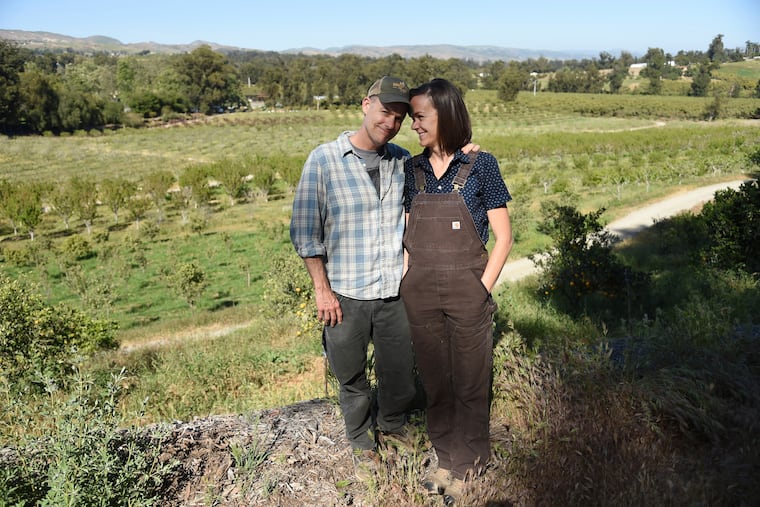‘Biggest Little Farm': This documentary on sustainable farming is not just a good watch, it’s also surprisingly moving | Movie review
Two city dwellers revive a family farm in the documentary Biggest Little Farm, which develops into a profound statement on mans relationship to the earth.

In the engrossing documentary The Biggest Little Farm, the owner/operator of the title tract watches a raging California wildfire advance toward the 200-acre mini-Eden he’s spent seven years building with his wife.
“I never dreamed we could get to this point, to have so much to lose. I was wrong,” says farmer John Chester. It’s a line that applies to his farm of chickens and sheep and fruit trees, but it has also been carefully cultivated to capture the movie’s larger lessons about sustainable living, economies, and ecosystems.
In fact, you get the distinct feeling throughout Biggest Little Farm that we are not watching the accidental record of some random couple stumbling through the learning process of farming, but rather an enterprise that was designed from the very beginning to prove the point the movie ultimately makes: that farming built on biodiversity is superior to the monocultural commercial enterprises that dominate agribusiness, deplete soils, and have us all eating GMO crops that can survive being doused with pesticide.
That by no means makes Biggest Little Farm a bad or dishonest movie — in fact, it’s quite good. Often fascinating, and sometimes even moving. There are lessons here about the cycle of life that can only be driven home by the real, random, and sometimes cruel dictates of fate.
But it’s worth noting that the film’s striking images are not the lucky product of a guy who just happened to point his camera at a barn owl, and Chester isn’t some impulsive millennial overtaken by a romantic notion of living off the land — he’s an award-winning nature photographer who once shot films for NatGeo. Wife Molly was a private chef who cooked farm-to-table meals for wealthy clients.
Did one of those clients finance this venture? The movie says only that the money for the farm came from “friends” and “investors,” who obviously had the deep pockets and patience to wait the full seven years for John and Molly to turn 200 barren acres of foreclosed farm property into a thriving “biodynamic” farm. Beyond organic, it’s a system that restores and nudges natural systems to create a balance that’s good for soil, for plants, for animals wild and domestic.
We don’t know how much all of this cost, but it’s money well spent, and its lessons on “regenerative” techniques are important. Working with a biodynamic farming guru, the couple restores the soil (lots of animals and lots of droppings), diversifies the plantings, and creates conditions for mutually beneficial self-deployment of nature’s microbes, flora, and fauna.
They let nature take a kind of guided course, but that often leads to chaos (which helps the narrative), in the form of snails, gophers, aphids, and coyotes. One natural system is deployed to counter another, and in seven years’ time, something like balance is achieved — requiring constant flexibility, adjustment, and humility.
The results are telling. When a foot of water hits, topsoil in neighboring Ventura County plots are washed away, but the earth and ground cover at Apricot Lane Farm soak it all up, and refill its aquifer. It’s how farming could be done, perhaps how it should be done. One day we may have to do it this way, and this blueprint will be invaluable.
The Biggest Little Farm. Directed by John Chester. Distributed by Neon.
Running time: 1 hour, 31 mins.
Parents’ guide: PG
Playing at: Ritz Five.